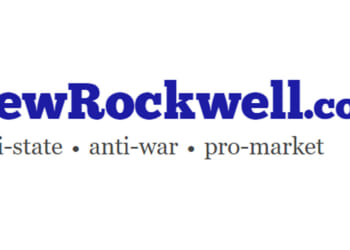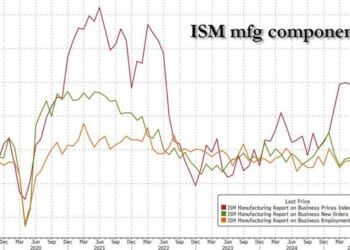When most people picture artificial intelligence, they imagine spectacular transformations—robots building cars, digital assistants writing novels, or algorithms as CEOs. Meanwhile, AI’s most significant effect to date has been in the corner of the economy that created it: software.
Over the past year, a new class of “agentic” coding systems has quietly arrived. Tools like OpenAI’s Aardvark, Cursor 2.0, and GitHub Copilot Workspace combine language-model reasoning with structured planning loops. These systems not only write an increasing share of code (companies are reluctant to say exactly how much, but estimates range between 30 and 50 percent), they are also able to identify potential security gaps and propose fixes with minimal human prompting. Unlike traditional coding assistants, agentic systems act rather than merely suggest. They plan, execute, and verify changes in context.
The path to these agentic systems has been rapid. Early tools such as Copilot’s original version resembled amped up autocompletes, reducing keystrokes and summarizing documentation. Agentic tools, by contrast, operate as collaborators that help create end-to-end projects. For instance, OpenAI’s Aardvark platform is trained to identify common security flaws and automatically propose fixes subject to human review. In controlled tests, Aardvark had a 92 percent detection rate of organic and inserted security flaws. Github’s Copilot, Autofix, has seen similar success, enabling teams to remediate security issues up to 60 percent faster.

Source: OpenAI, 2025
For developers, this shift feels less like replacement and more like acceleration. Work that once consumed hours of scarce and expensive human labor can now be delegated to agentic colleagues who never tire or become bored and distracted. This quiet revolution illustrates what I have called “leverage, not magic”. That is, the human remains the principal source of intent, framing, and judgment, whereas the agent provides mechanical reach and persistence. Together they produce something like the industrial automation of cognitive labor.
The post The Quiet AI Revolution appeared first on American Enterprise Institute – AEI.














